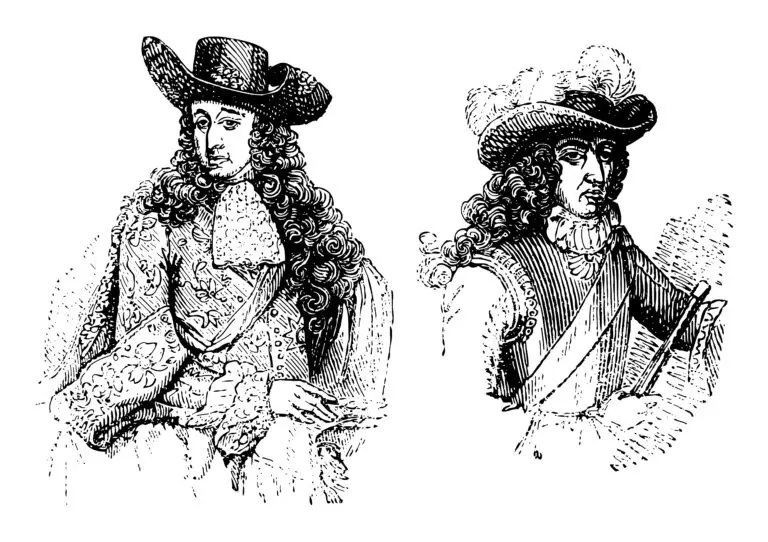Glorious Revolution

Table of Contents
What was the Glorious Revolution
The Glorious Revolution, which occurred in 1688 in England, marked a pivotal moment in constitutional history. Fueled by concerns over Catholic King James II’s authoritarian rule and the prospect of a Catholic heir, Protestant nobles and political leaders invited William of Orange, a Dutch Protestant prince, and his wife Mary to assume the throne.
This bloodless transition of power saw James II flee to France, and William and Mary jointly became monarchs in what is often considered a model of constitutional monarchy. The Glorious Revolution solidified parliamentary supremacy, as the Bill of Rights in 1689 limited the powers of the monarchy, affirmed the authority of Parliament, and safeguarded individual liberties.
Glorious Revolution History
The Glorious Revolution occurred in 1688 when William of Orange, a Dutch prince, and his wife Mary, the daughter of King James II of England, were invited to assume the English throne.
The Glorious Revolution was driven by concerns over James II’s Catholicism and his attempts to increase the monarchy’s power, raising fears of a return to absolute rule.
The Declaration of Rights, later known as the Bill of Rights, was enacted in 1689 due to the Glorious Revolution, limiting the powers of the monarchy and establishing certain rights for Parliament and the people.
William and Mary became joint monarchs, ruling as constitutional monarchs under the principles of constitutional monarchy, where the monarch’s powers were limited by law.
The Glorious Revolution marked the end of the Stuart dynasty’s absolute rule in England, as James II fled to France and the throne was offered to William and Mary.
The acceptance of the throne by William and Mary without significant opposition or bloodshed earned the revolution its epithet, “Glorious,” as it was relatively peaceful compared to other political upheavals.
The Glorious Revolution is often seen as a pivotal moment in the development of parliamentary democracy in England, as it reinforced the supremacy of Parliament over the monarchy.
The Toleration Act of 1689, another outcome of the Glorious Revolution, granted religious freedom to Protestant dissenters, although Catholics were still excluded.
The Act of Settlement in 1701 secured the Protestant succession to the English throne, preventing Catholics or those married to Catholics from inheriting the throne.
The events of the Glorious Revolution are commemorated annually in the United Kingdom on November 5th with Bonfire Night, also known as Guy Fawkes Night, marking the failed Gunpowder Plot of 1605
Related Links
Absolutism
Hundred Years’ War
Magna Carta
War of the Roses